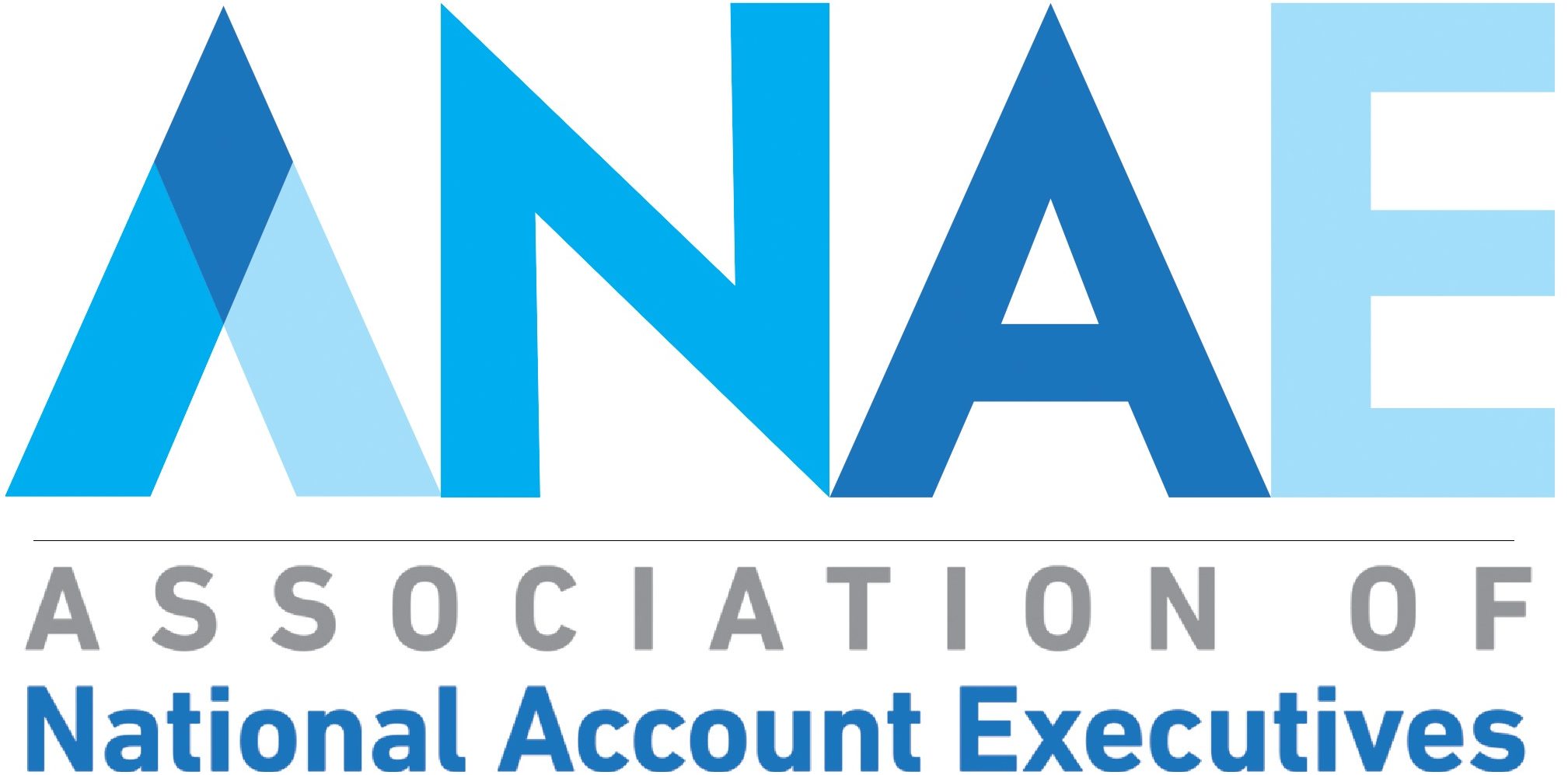- 8 Tactics for Negotiation with GPOs (Group Purchasing Organizations) - July 13, 2021
- Why I am not responding to your email - September 23, 2020
- FAH Conference 2020: Key Takeaways - March 4, 2020
For our June 2014 Supply Chain Leaders Series call, ANAE interviewed Laura Kowalczyk, JD, MPH, associate vice president of supply chain services at University of Florida (UF) Health’s flagship hospital, UF Health Shands Hospital (Gainesville, FL). UF Health encompasses hospitals, physician practices, colleges, institutes, programs, and services primarily spread across northeast and north-central Florida. UF Health Shands Hospital is an academic medical center located on the campus of the University of Florida. The hospital is a Level I trauma center with nearly 9,000 employees.
Laura Kowalczyk has been with UF Health Shands Hospital since 2011 and is currently responsible for the strategic direction of the supply chain services which include strategic sourcing, materials information systems, publication services, central distribution, central sterile processing, equipment distribution, house and surgical linen services, shipping and receiving, and the integrated service center. Kowalczyk has a master’s degree in public health as well as an extensive background in healthcare, beginning as a private practice healthcare attorney and later moving into the healthcare supply chain for two large healthcare systems in Orlando, FL and Reno, NV.
On the call, Kowalczyk shares her passion for her job and her employees as well as insight into UF Health’s supply chain strategies, successes, and challenges. Here are some of the highlights:
UF Health Shands Hospital’s supply chain strategy
Kowalczyk says that one of UF Health Shands’ supply chain’s main priorities is finding ways to support the outcomes associated with the new reimbursement model and how the supply chain can position itself to “not only be in that conversation, but in the forefront of that conversation.” She says that while cost and efficiency have long been the supply chain’s top priorities, “We now have the additional parameter of quality and [must find a way] to contribute to bringing in products that actually have an impact – or addressing [existing] products that have an impact – on overall patient quality and patient experience.”
What makes suppliers stand out and ways they provide the most value
“I’m very open and transparent about what our challenges are and how we sit with those challenges. And I don’t think that those are necessarily new things,” says Kowalczyk. She stresses how important it is for suppliers and reps to make themselves known around the areas and facilities they serve “to understand what we are trying to accomplish here and how they fit in to all of the initiatives and our goals.” She listed several other specific qualities that make suppliers stand-out, including: transparency, communication, bringing creative options and ideas to the table, a willingness to risk-share, and an understanding of UF Health’s specific needs and goals. “More than anything, I’m looking at creativity and at options they may have to assist us in bridging holes and gaps that I have in my staff or in education – things along those lines.” Kowalczyk says that to that end, the best suppliers she is currently working with are those who have a thorough understanding of their own products and are proactive in anticipating UF Health’s needs. “We explain to them what we’re trying to do around quality initiatives and it’s really amazing what they’ve brought forth to us that we would never be able to do on our own, internally.”
The importance of risk-sharing models
As industry reform pushes forward and reimbursement shifts to a pay-for-value structure, UF Health is looking for new relationship models with suppliers, says Kowalczyk. “[One] thing suppliers have been coming to the table with – and we’ve been really aggressive with – is risk-share models. We’re very challenged cost-wise, we’re very challenged with capital, so we’re really enjoying more of a robust conversation with our suppliers around a risk-share model of negotiation and of handling our relationships going forward,” she says. The risk-sharing relationship gives the IDN or hospital’s supply team some incentive to stay on top of managing its utilization, and puts some of the onus on the supplier to find ways to assist the supply team in managing the product and associated costs, she says. She shares an example of a recent risk-sharing contract she negotiated with the hospital’s linen supplier. “What we are going to share is what I am getting hit with – huge replacement costs. And so we’re going to go at a risk-share where we both agree to implement certain processes and procedures… We’ll agree to hold each other accountable,” Kowalczyk says. “If we keep our replacements within a certain percentage then [the costs associated with the replacement linens] will be assumed by the vendor. As we go up in risk-share, it will be shared by the vendor and the hospital, and if we get completely wacky and outside of that then the hospital may end up assuming a larger percentage than the supplier.”
